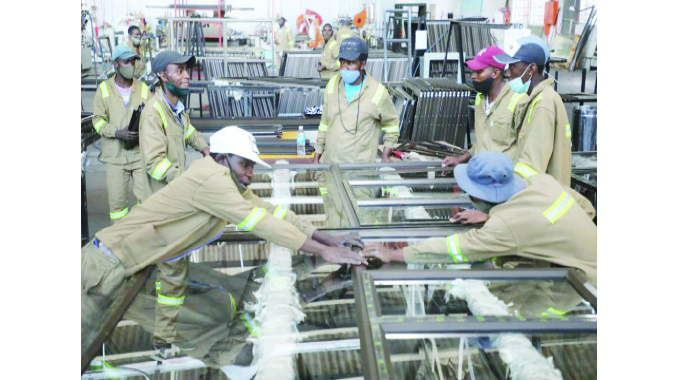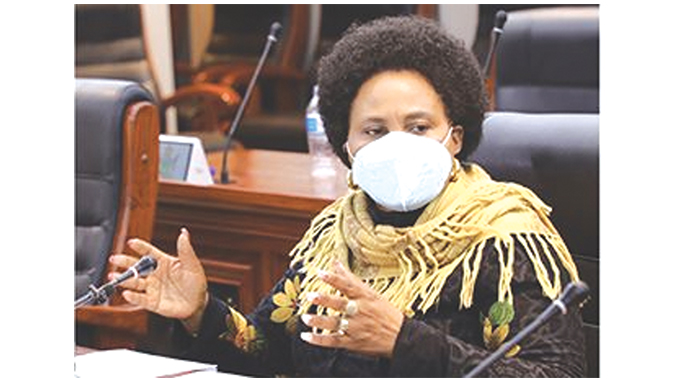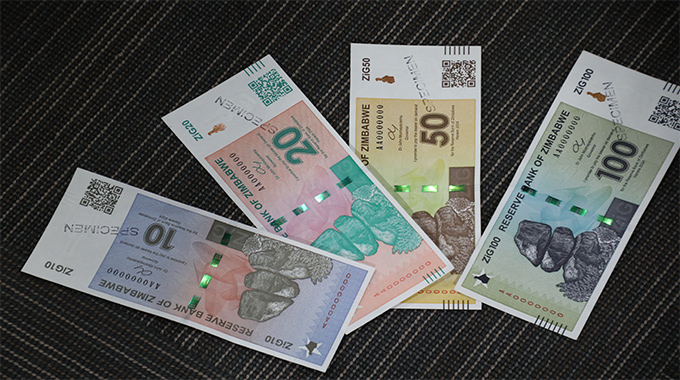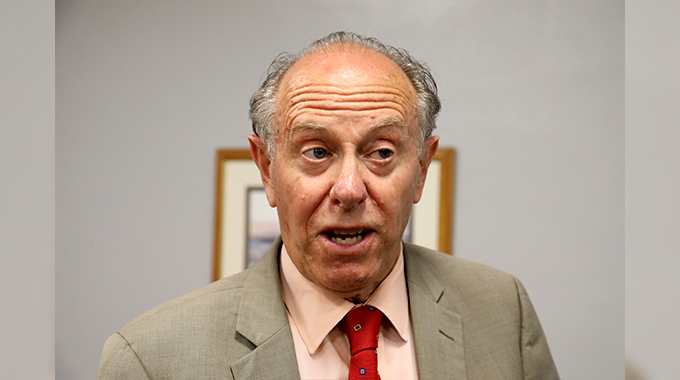COMMENT: Zimbabwe breadbasket status can be achieved once again
WHEN Zimbabwe was still the breadbasket of Africa, no one would have ever imagined that the country could one day be reliant on maize imports.
Yesterday we reported that the country will this year save over US$300 million following the move by Government to suspend maize imports on the back of this season’s bumper harvest.
According to the Second Round of the Crop and Livestock Assessment Report for 2021 released recently, estimated maize production stands at 2 717 171 tonnes, which is 199 percent of last year’s output.
Due to successive droughts experienced in recent years, Zimbabwe has been importing an average of 100 000 tonnes of maize per month from the region and as far as South America.
Government lifted the ban on private grain sales in October 2019 and granted the nod to individuals and corporates with free funds to import.
Zimbabwe requires about 1,8 million tonnes of maize annually and last year, but because of poor rains received in the 2019 summer cropping season, the country only produced 907 628 tonnes.
Government intervention and good rains this past season have restored hope that breadbasket status can be achieved once again.
We commend Government for being proactive in ensuring that every farmer got inputs as well as the collective effort of corporates and individuals.
We also commend Government for taking up the Pfumvudza/Intwasa model pioneered by Foundations for Farming founder Mr Brian Oldreive.
This is a typical example of local solutions for local problems.
Problem solving in the local context is exactly what Africa has been grappling with as donor organisations have been imposing their own solutions which are sometimes irrelevant.
By taking up this programme, which together with the Presidential Inputs Scheme has resulted in a good harvest, Government showed its commitment to community-centred problem solving.
Said Mr Oldreive in an interview with The Sunday Mail: “. . . one family needs one bucket of maize to feed for one week. He worked out that 58 x 300 gramme cobs would fill a bucket of maize.
“So, we calculated the cost and realised that from an area which is just one-sixteenth of a hectare, you need just US$50 for inputs and you can grow enough food for your family for the whole year.”
Who would have thought that one-sixteenth of a hectare is enough land to feed a family for a whole year? Who would have thought that US$50 is enough to feed a family for a whole year?
No foreign donor has ever brought such a programme which can be replicated throughout the Sadc region and beyond.
The Pfumvudza/Intwasa farming model is also a good example of what Zimbabweans can do when they work together. When they work with one purpose, to achieve a national goal.
Government working with its people to ensure that good rains received do not go to waste have resulted in massive savings, over US$300 million.
This money can be directed elsewhere; farming mechanisation, research, climate control, livestock production, the list is endless.
Zimbabweans deserve to be proud of themselves.












Comments